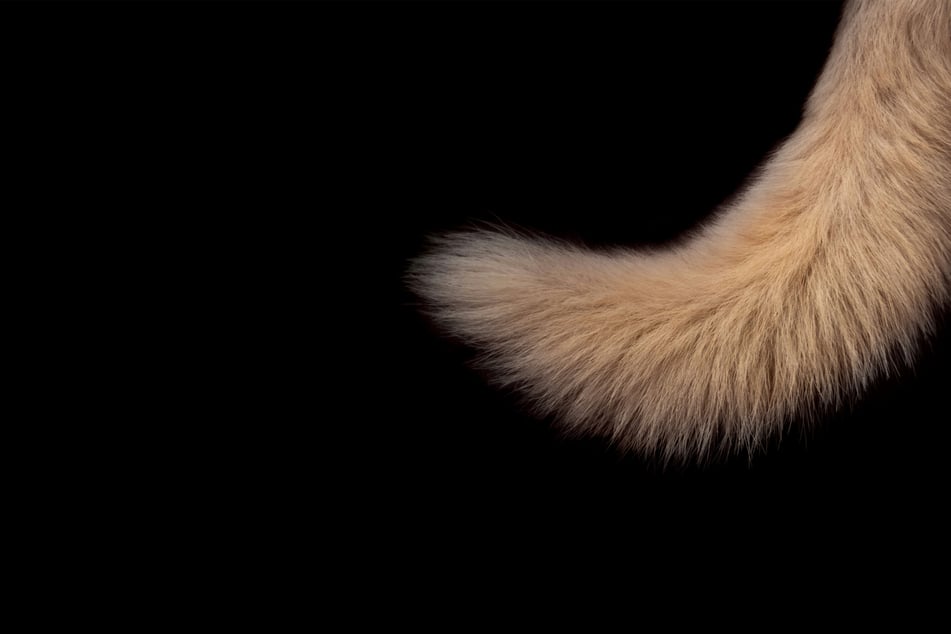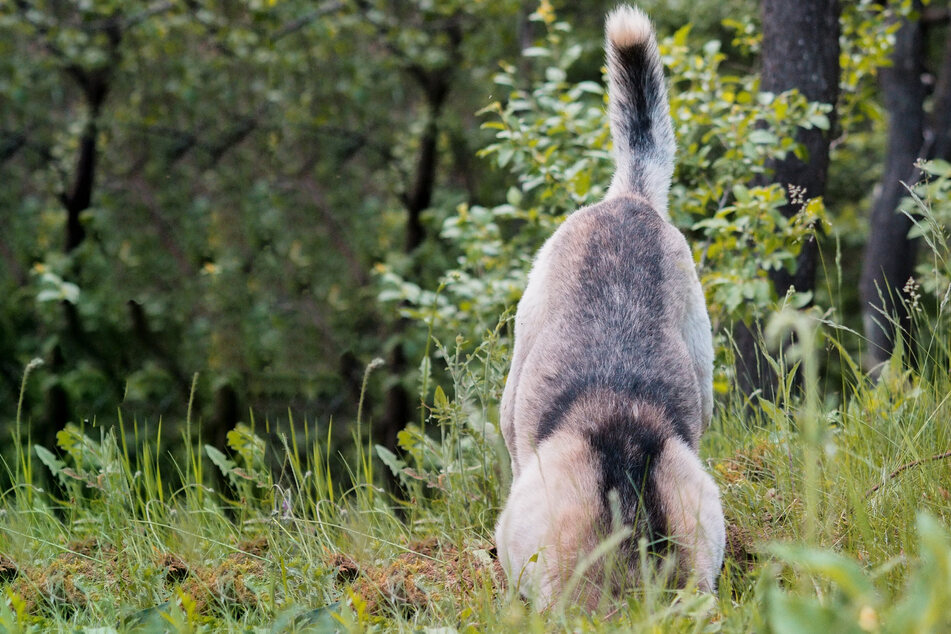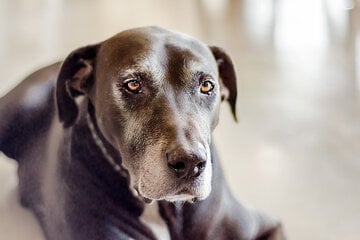Why do dogs wag their tails?
Human emotions snap when dog tails flap. It's an age-old reality that our hearts melt when dogs wag their tails, but what's behind this strange phenomenon? Why do dogs wag their tails, and when do they stop?

The way a dog's tail wags shares part of its personality.
Is it a happy dog, is it an excited pooch, is it a grumpy canine? If you look at the way your dog is flicking and wagging its tail, it can help you find out a lot about how your pup is feeling.
But why are dog tails so expressive, what do its different movements mean, and what happens if your dog's tail stops wagging?
In this dog guide, TAG24 will reveal why dogs wag their tails. What does it mean, why do they still do it in their sleep, why might they stop, and what's the point of a tail anyway?
Let's find out!
What does it mean when a dog wags its tail?
There are many different reasons why a dog might wag its tail, and a variety of different emotions that can be conveyed. From happiness to moodiness, from nervousness to excitement, when a dog's tail is wagging, it is communicating a particular mood and feeling that is being experienced.
Specific emotions are generally conveyed through the pace and position of the wagging tail, as well as its shape and density. Indicators include how curly or still the tail looks, whether it is drooping between your dog's legs, and what other symptoms and behaviors are being exhibited.
Here are a few things that could be indicated by a dog's wagging tail:
Your dog is happy or excited: Dogs that are wagging their tails relatively quickly, in a relaxed, neutral, and slightly raised position, are indicating happiness and excitement. If they are curious, their tail will be the same, but held out far more straight, in a horizontal position.
Your dog is agitated or aggressive: You will notice that your dog's ears will often be raised when they are feeling agitated. The same goes for their tail, held stable and rigid, while the dog adopts a threatening posture. If you are looking at an aggressive dog, you might see the straightest and stiffest tails.
Your dog is uncertain or insecure: Has your dog just met a new human, or perhaps a new doggo? Well, it could be feeling a little tentative. The rate of its tail wagging will often slow down and become floppy.
Your dog is scared: If your dog's tail has moved into a neutral position or is tucked between its legs, barely wagging at all, your dog may be scared or trying to seem submissive. In a way, it is asking not to be harmed and making itself look as non-threatening as possible.
Full disclosure: The wagging of a dog's tail is so complex and nuanced that measuring its meaning comes down to not only the shape and rate of a dog's tail wag, but the direction of it as well. In fact, it is so complicated that scientists have not yet developed a truly full understanding of tail wagging.
Why do dogs wag their tails in their sleep?
Dogs and cats will often twitch, murmur, and wag their tails when they are sleeping. It's completely normal. Tail wagging during sleep is an indicator of good, deep sleep, as it is something that occurs during your pet's REM sleep.
If your dog is twitching more than usual, though, or is fully shaking and not just lightly wagging and flinching, then it could be cold.
Why did my dog stop wagging its tail?
If your dog has suddenly and unexpectedly "frozen" and stopped wagging its tail, it is likely trying to avoid a conflict. Most dogs aren't aggressive, and will actually try to stay as far away from potentially violent situations as they can. By not wagging their tails and staying still, they might be afraid or trying to make themselves look non-threatening.
It might not be about fear or aggression, though, and might just be out of disinterest. If your dog is not feeling particularly excited to see you, wants to be left alone, or maybe wants to sleep, then they won't wag their tail. Dog owners should learn to understand and interpret their pooch's body language, and adapt their behaviors around these factors.
Important warnings: There are a variety of very serious health conditions that can cause dog tails to permanently stop wagging. Indeed, certain conditions and illnesses can make your dog's tail completely limp and unmoving - and if left untreated, they could become permanent. If your dog's tail makes a sudden and disturbing development, you should immediately take your dog to see its veterinarian.

Why do dogs have tails?
A dog's tail is vital for its balance, acting as a weight that keeps them tilted in the correct direction. This doubles up as an aid to movement, serving to help your dog perform more complicated and difficult maneuvers. They will often point their tail into a turn to help guide them in a particular direction.
Another important reason behind why dogs have tails is that dog tails are remarkably expressive, and they are used as a communication method. The way that a dog's tail wags presents a particular emotion, and provides you and other animals with a little bit of context as to how they are feeling in any particular situation.
Dog tail wagging is a sign of good health
If your dog is happy, it is more likely to be an energetic tail-wagger. It is, as a result, only logical then that your dog will be more likely to wag its tail if it is healthy (as an unhealthy doggo won't be happy). As a result, it is pretty easy to draw the conclusion that a wagging tail is generally a good sign.
Of course, not all wagging is good. If its wagging is slow and docile, tentative and ginger, or stiff and rigid, it could signify something a little less than ideal. In the case that your dog's wagging behavior is worrying you, it's likely time to see your veterinarian.
Cover photo: Priyadharshan Saba / Unsplash




